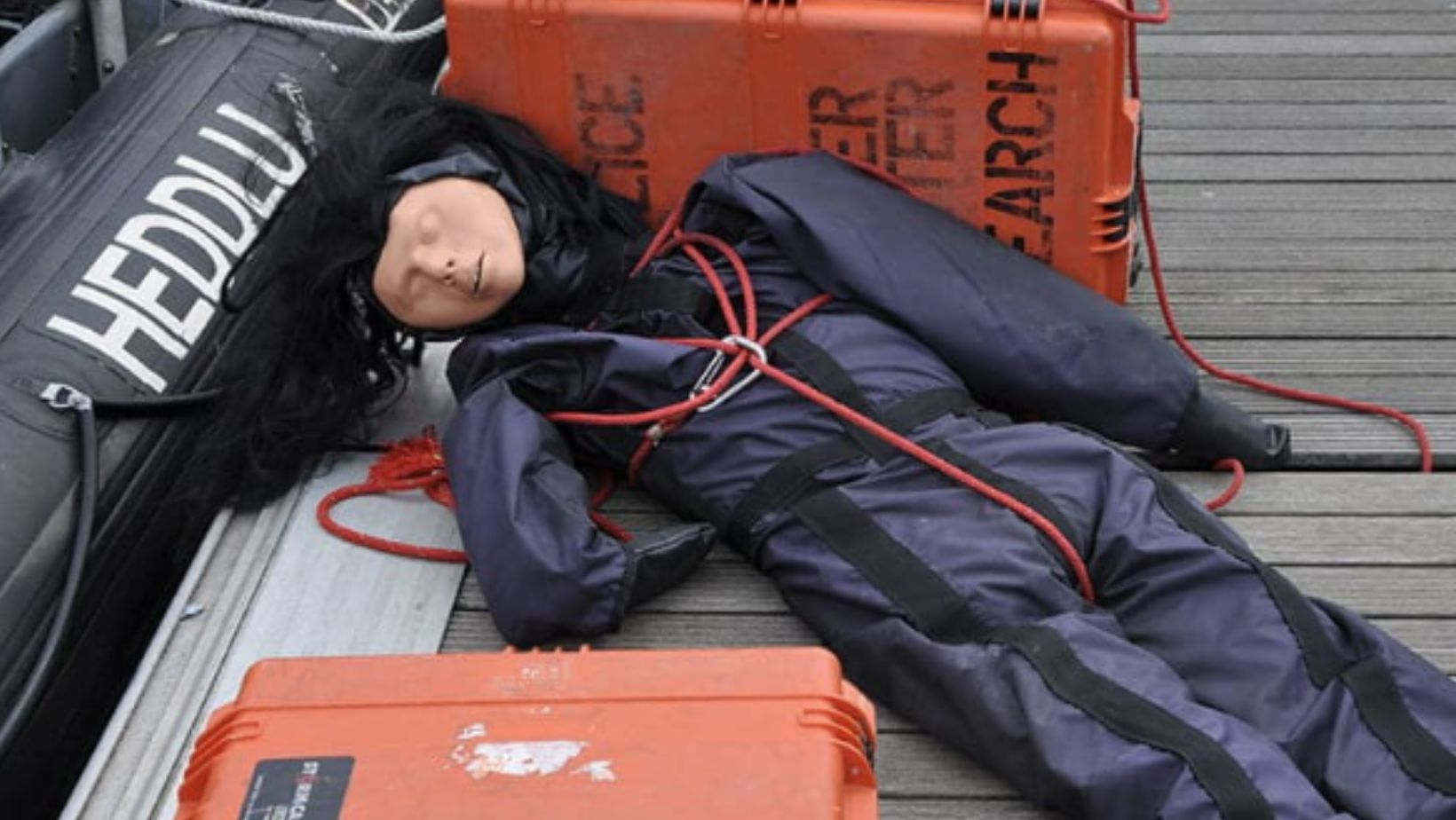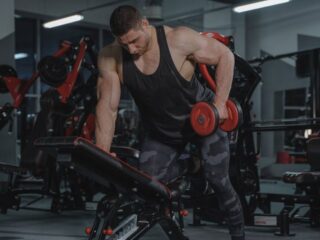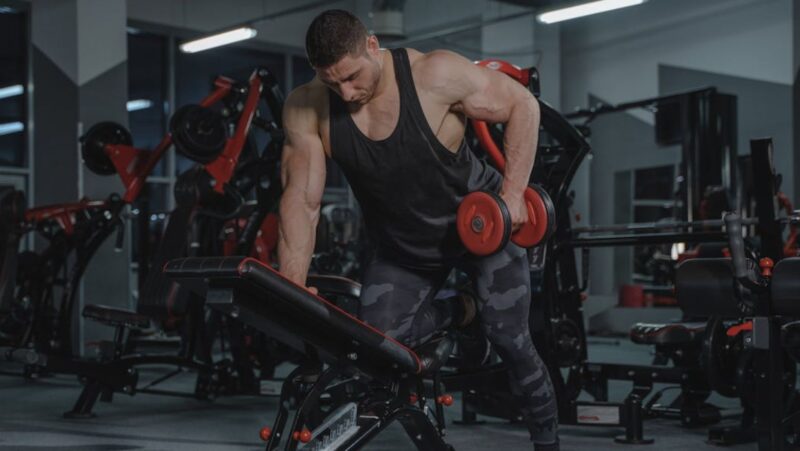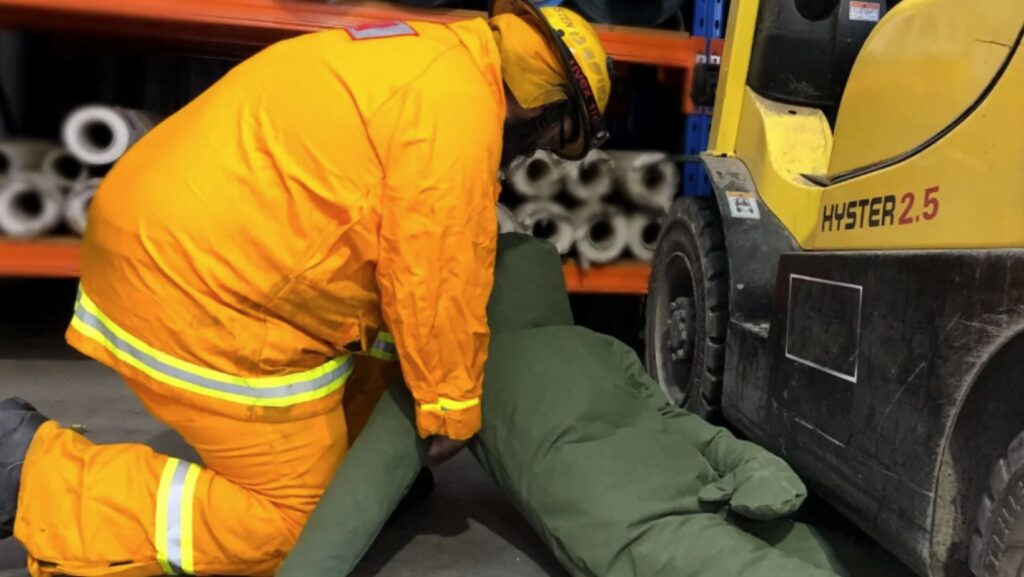
To learn the essential skills required in real-life rescue scenarios, emergency responders need more than just theoretical knowledge – they need practical training that simulates real-world conditions as closely as possible. That is where rescue dummies come in. Designed to resemble the weight, height and joint movement of an actual person, these training manikins provide a lifelike rescue experience.
What Is a Rescue Dummy?
A rescue dummy is a training manikin designed to mimic a real person in terms of weight, height and main joints, during a real-life rescue situation. They are available in a range of weights to allow the crew to simulate saving people of different ages and weights. Their arms and legs bend naturally, just like a real human, allowing trainees to practice lifts, carries and extractions with realistic challenges. This level of realism helps emergency responders gain the confidence and muscle memory they’ll need when every second counts.
Uses of a Rescue Dummy
Rescue manikins are often used in the training of emergency responders, firefighters and military personnel. They allow the practice of a range of lifesaving training techniques and procedures, such as extricating a victim from a collapsed building, lifting an unconscious person from a confined space, or performing a water rescue.
By replicating the weight, movement and flexibility of a real person, these manikins help crews practice proper handling techniques, hence improving response times.
Benefits of Using a Rescue Dummy Instead of a Volunteer
While using volunteers may seem like a good idea, rescue dummies offer several advantages that make them a safer and more practical choice. Here are some of them:
Improved Safety
Rescue scenarios can be physically demanding and even dangerous. Using a volunteer, for example, for dragging a person from a fire or performing water rescues, poses a risk of injury. A rescue dummy eliminates this danger while still allowing trainees to practice life-saving techniques in a realistic way.
Realistic Weight and Handling
Rescue manikins are designed to imitate the weight and proportions of an actual person, making them ideal for training in proper lifting, carrying and maneuvering techniques. A volunteer, on the other hand, may instinctively help by adjusting their body. Hence, a manikin provides a more realistic representation of an unconscious or incapacitated person.
Training Versatility
Rescue manikins are available in different sizes, weights and models designed for specific training needs. This versatility ensures that emergency responders get trained for different types of emergencies without the need to find volunteers who match particular body types or conditions.
Common Models Used For Rescue Training
Rescue Randy Manikin 165 cm by Nasco Healthcare
Rescue Randy 165 cm is a manikin designed to provide realistic training for handling, transporting, and extricating adult or juvenile patients. Featuring fully articulated joints, this manikin allows for lifelike positioning in various training environments such as confined space rescue, ladder extractions or collapsed buildings. Its weight distribution accurately mirrors that of a human body, providing a truly authentic training experience.
Made from rugged cast vinyl with a zinc-plated steel frame, this manikin can endure the toughest training conditions, ensuring longevity even under high-impact use. The combination of vinyl beads and foam inside the manikin gives it a natural feel while maintaining durability.
This manikin is commonly used by the Military, Fire and Police Services, Safety Teams, and Emergency Services personnel.
Pros :
- Lifelike weight distribution and articulation for realistic training
- Built for durability with high-quality materials
- Suitable for a wide range of emergency scenarios
Cons:
- It can be heavy for some trainees, but this enhances realism
Rescue Randy 9000 by Nasco Healthcare
The Rescue Randy 9000 is a training tool that allows the simulation of real-life rescues with customisable weight and movement. It allows users to adjust its weight and motions to suit specific training needs.
The weight can be adjusted by filling the manikin’s individual parts with water, sand or other substances that can be easily emptied when needed. This weight adjustability makes the manikin easy to transport, store and adaptable for different training sessions.
Constructed from rugged polyethylene (PE) with stainless steel hardware, this manikin is built to withstand harsh training conditions. The sealed, custom-molded design ensures uniformity across multiple units, and the weather-resistant materials allow it to be used in freshwater, saltwater, and various outdoor conditions, though extreme heat should be avoided.
The Rescue Randy 9000 is commonly used for RIT (Rapid Intervention Team) drills, combat challenges, shipboard rescues and spinal immobilization training.
Pros:
- Customisable weight for varied training scenarios
- Durable, weather-resistant materials
- Realistic movement and joint flexibility
- Safe design to protect rescuers
Cons:
- Not suitable for extreme heat
- Heavier weights require effort to adjust and empty
Bariquins Bariatric Mannequin
The Bariquins Bariatric Mannequin offers a practical and effective way to train for plus-size patient handling. Weighing in at 25 stone (350 lbs/159 kg), this modular mannequin is uniquely designed to be easily disassembled and transported, eliminating the challenges of traditional heavy training mannequins.
It consists of 15 weighted components along with a realistic head, hands, and feet. No single part exceeds 16 kg, making it manageable to transport and store without excessive strain. Stitched handles on the larger components further enhance ease of carrying.
The Bariquins Bariatric Mannequin is commonly used in hospitals, care facilities, fire departments, and ambulance teams looking to refine their skills in handling plus-size patients safely and effectively.
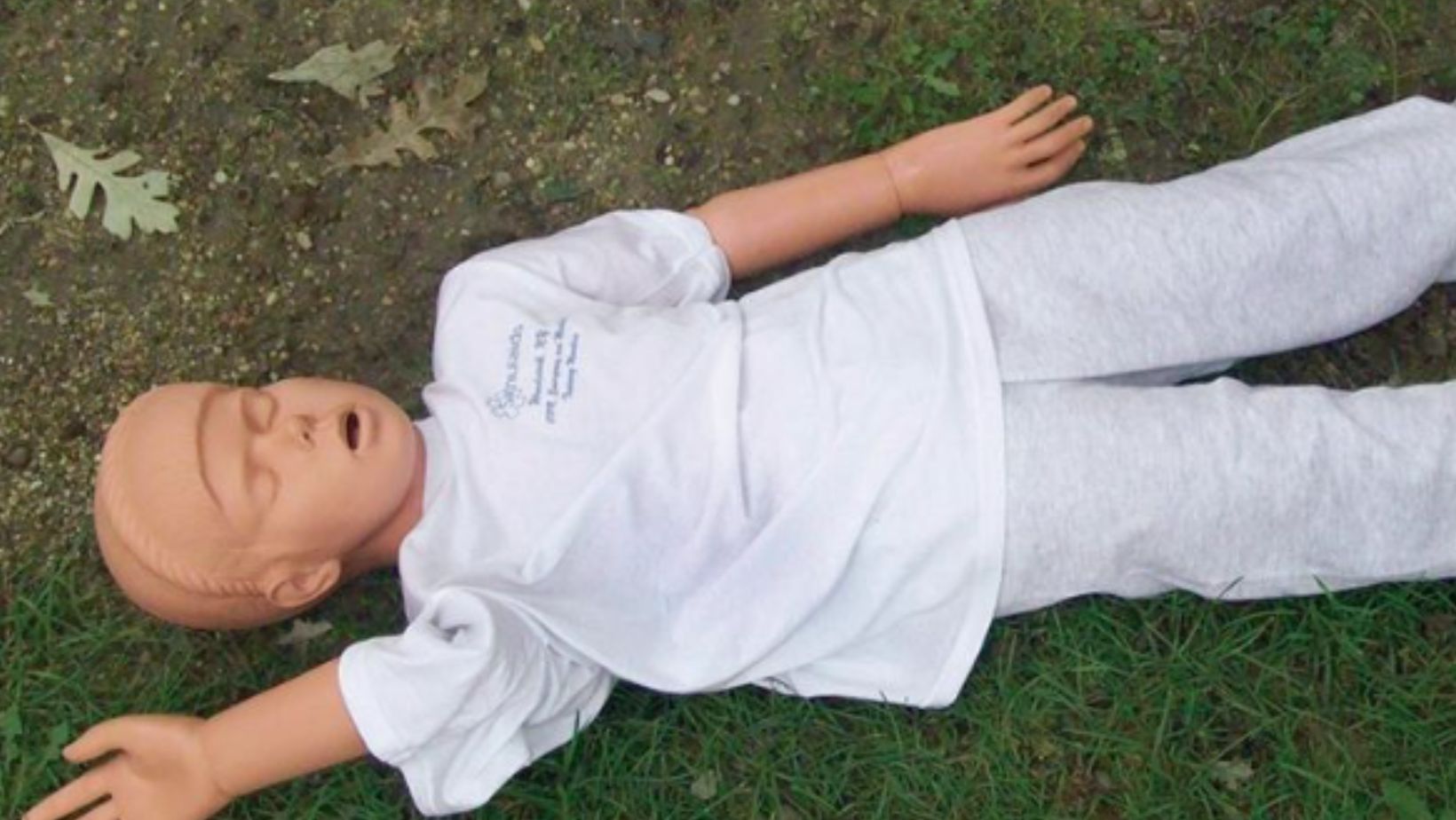
For an even more immersive training experience, this mannequin can be paired with a VS Simulated Patient Monitor, bringing real-time patient responses into the training.
Pros
- Modular design that allows for easy transport and storage
- No need for water-filling or excessive lifting for teams
- Realistic weight distribution and human-like features
- Handles for safer and more controlled carrying
Cons
- Requires assembly before use (though this is straightforward)
- Higher price point compared to standard training mannequins
Rescue Jennifer Manikin by Nasco Healthcare
Child rescues can be emotionally and physically challenging, requiring specialised training to prepare responders for high-pressure situations. By simulating a 7 to 12-year-old child, the Rescue Jennifer Maniking brings realism and flexibility to training, allowing trainees to practice extrication, casualty handling and manual lifting techniques in a controlled yet lifelike way.
Pros:
- Accurately represents a child for realistic rescue training
- Fully articulated for proper extrication and handling techniques
- Built to withstand repeated use in demanding scenarios
- Aids in preparing responders for emotionally charged rescues
Cons:
- Limited weight options (though suitable for most training exercises)
To Sum Up
Rescue dummies are an essential component of emergency training, offering versatility and safety. By closely mimicking the physical characteristics of real people, these manikins allow emergency responders to develop the skills, confidence and muscle memory needed in life-or-death scenarios. Whether preparing for a fire rescue, water extraction or bariatric patient transfer, there’s a model tailored to any medical task.

